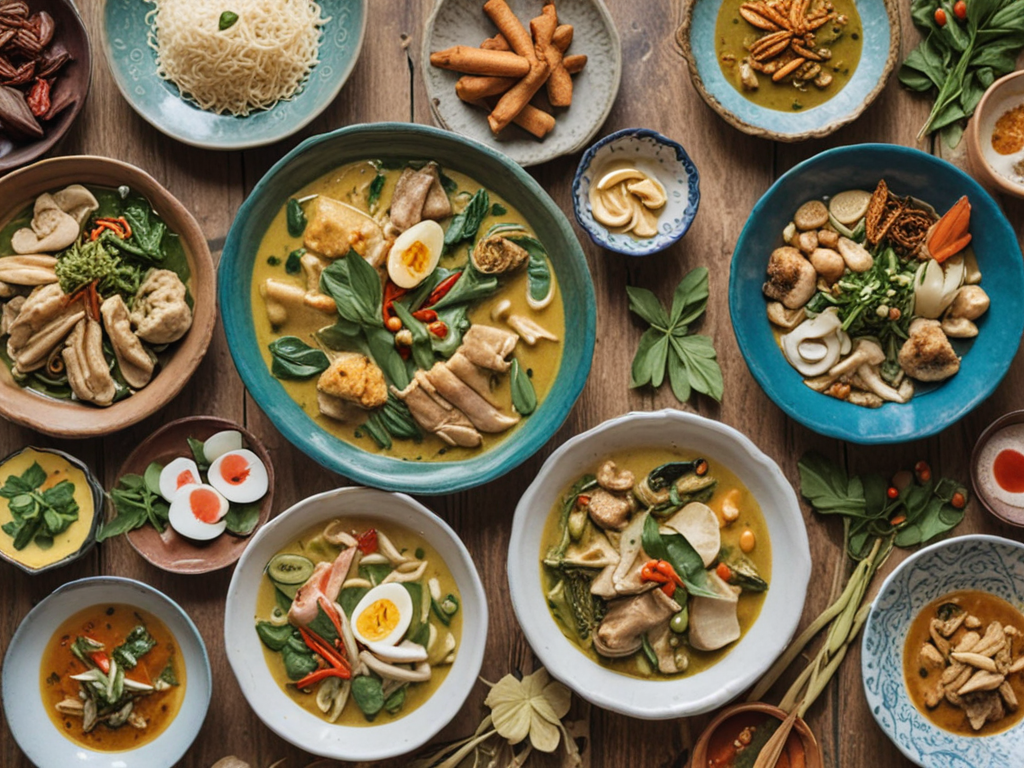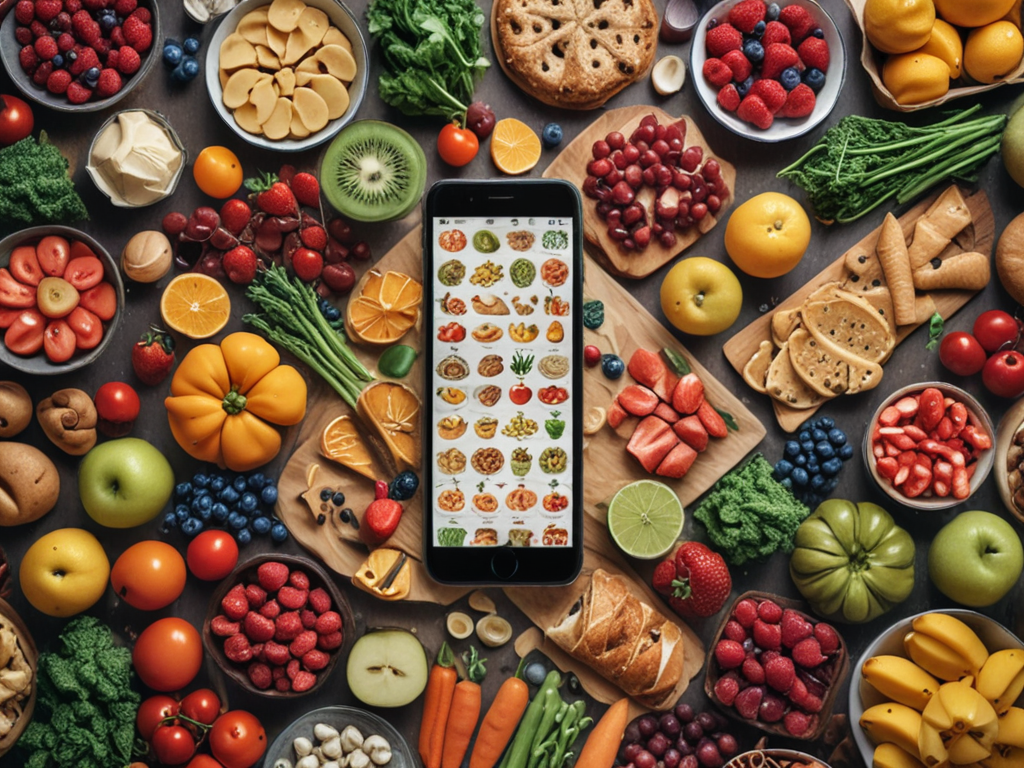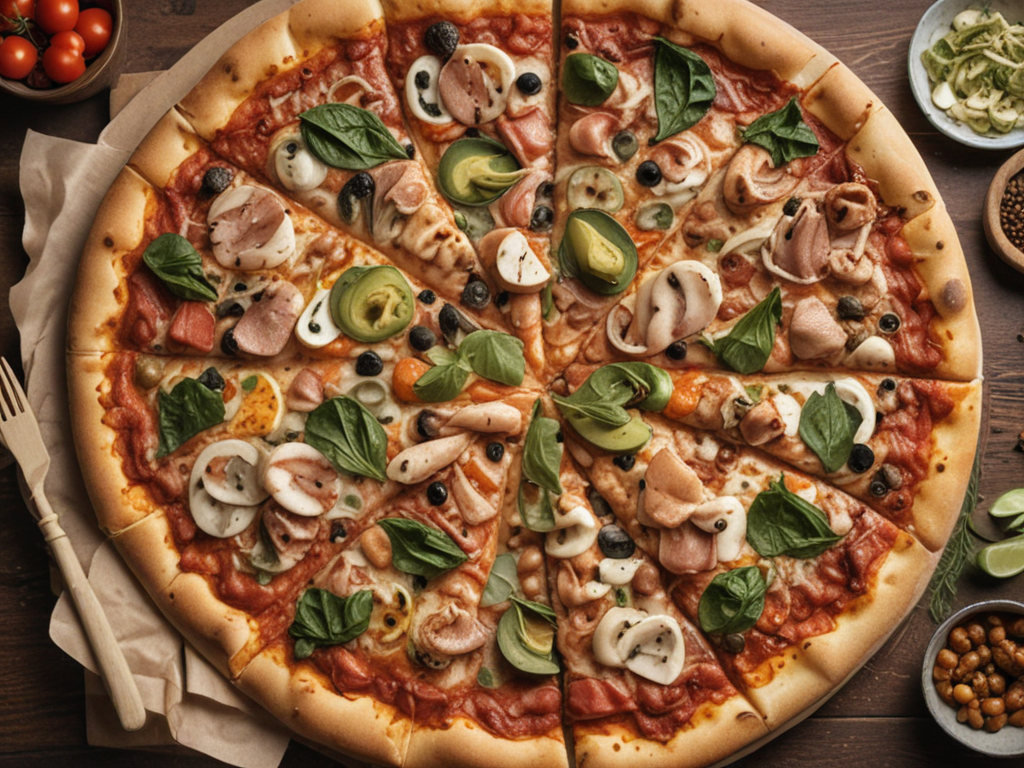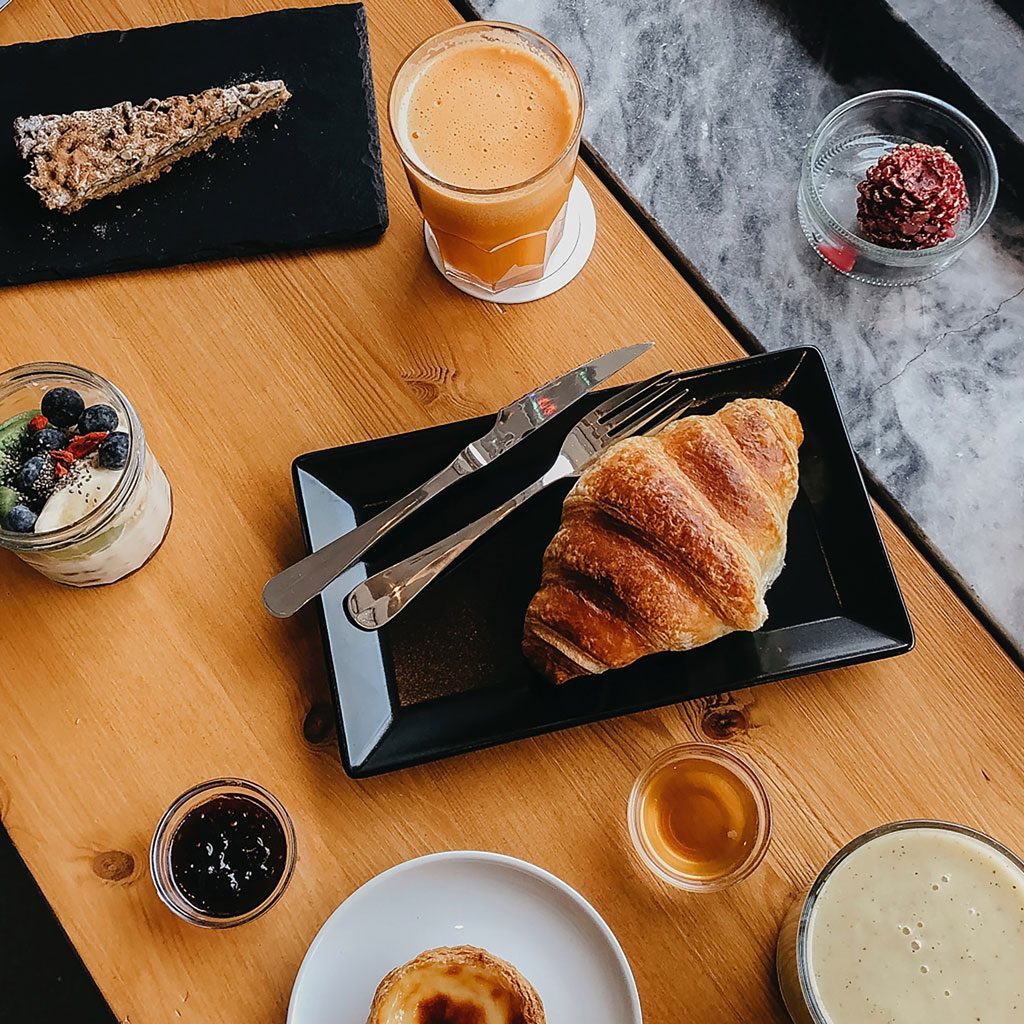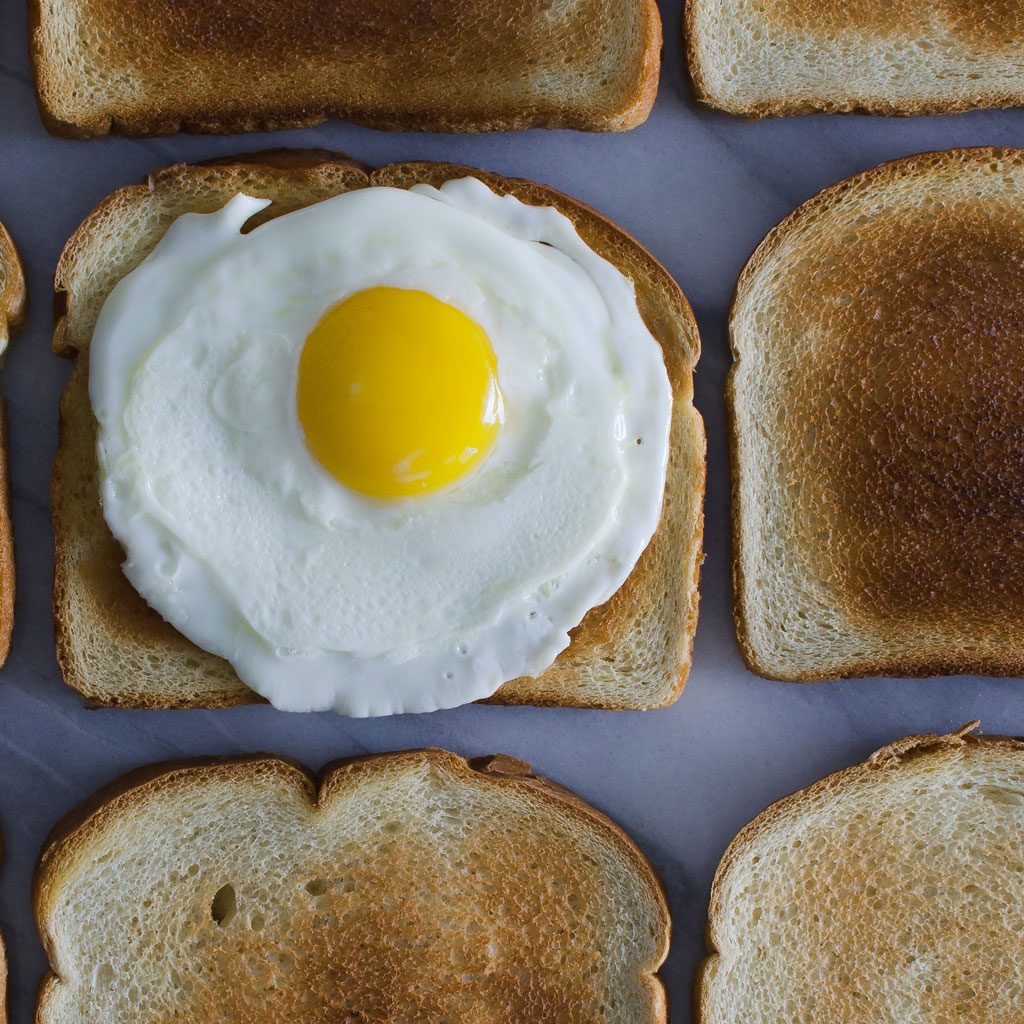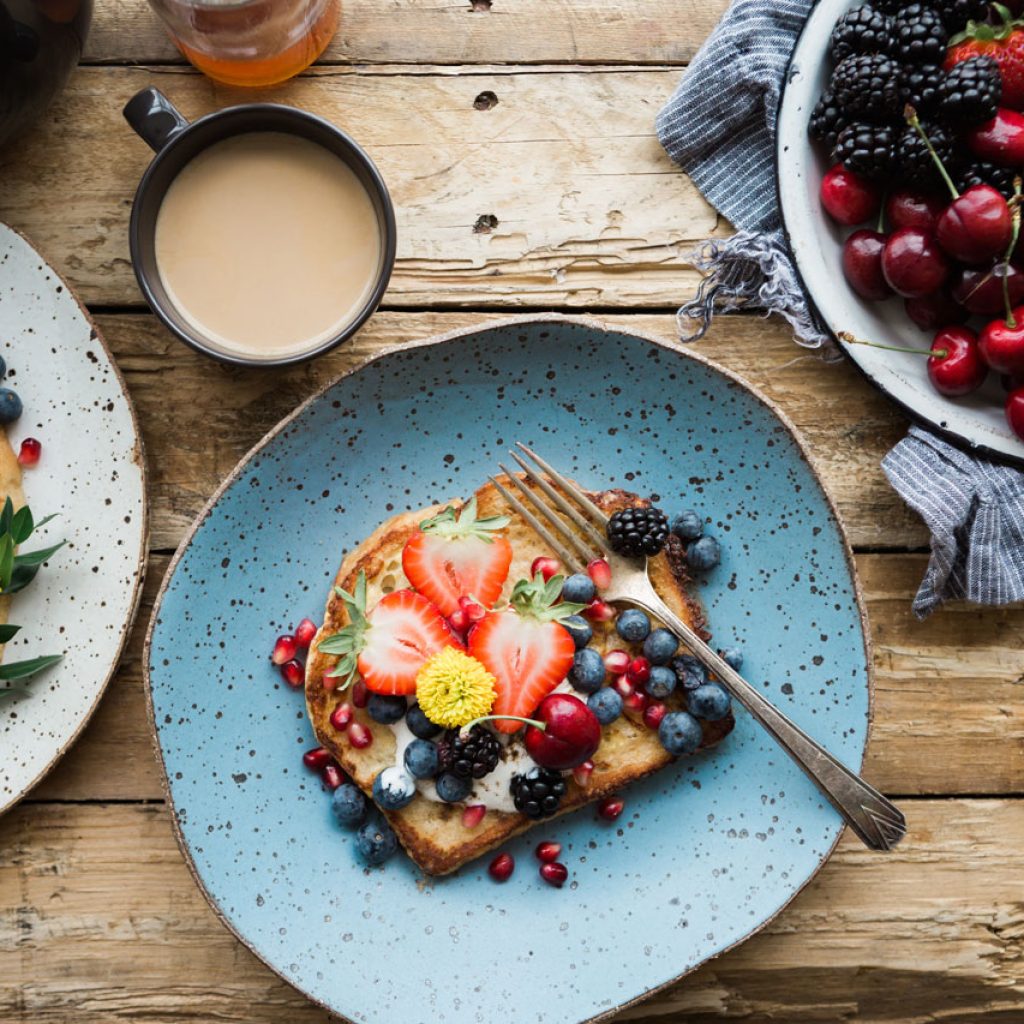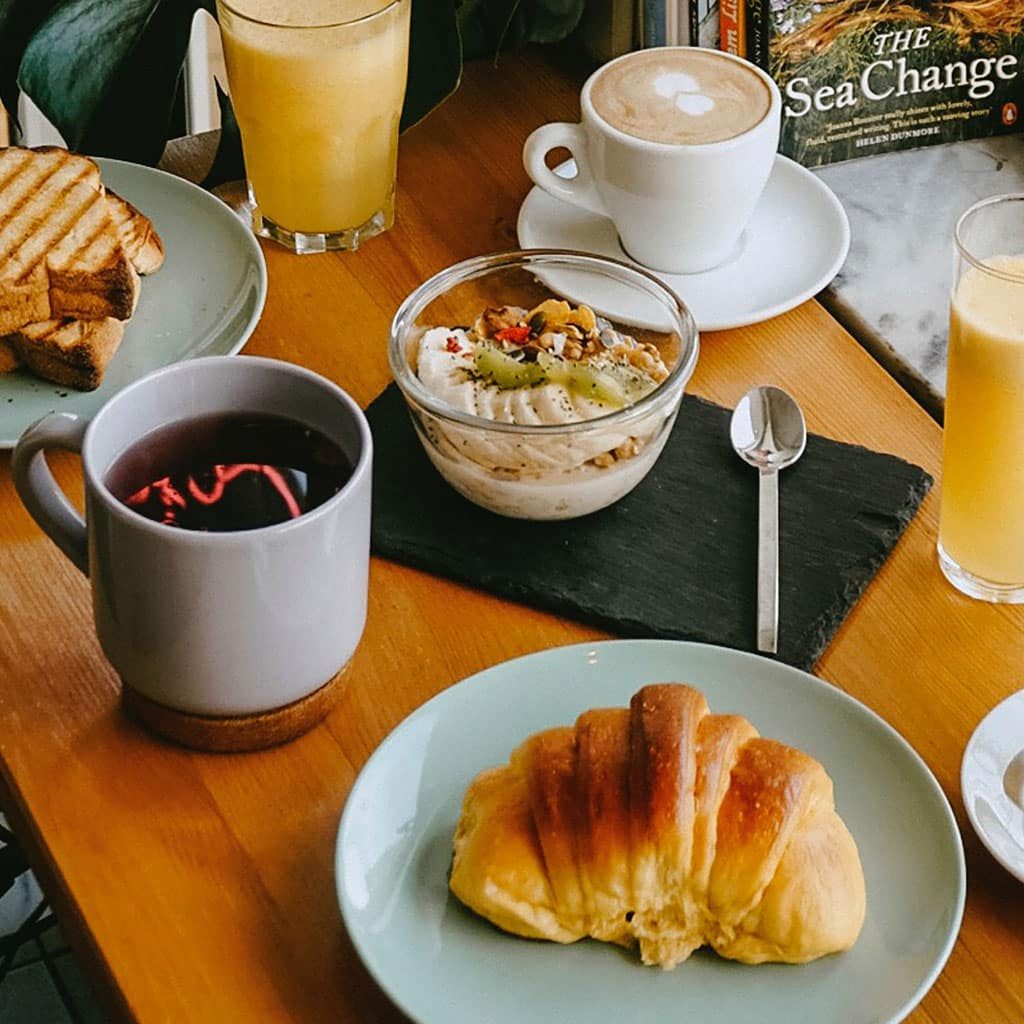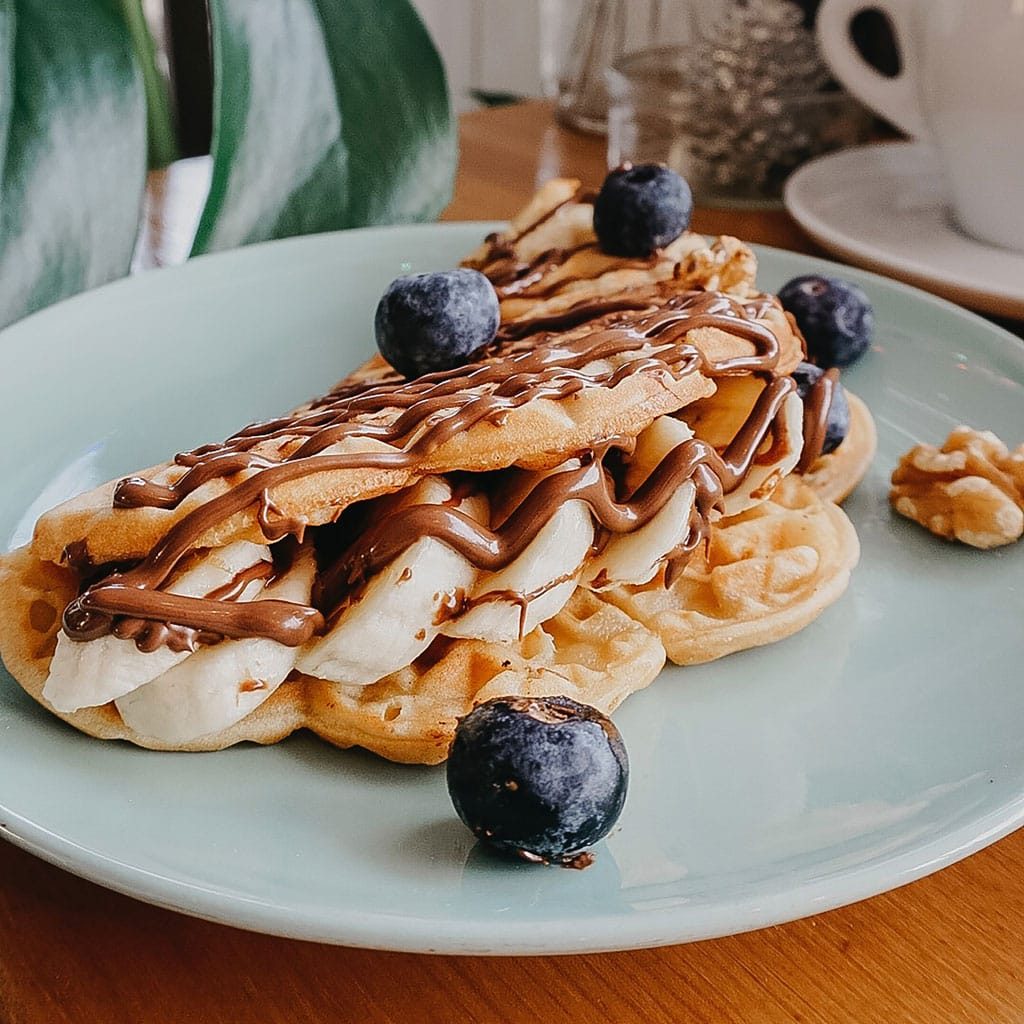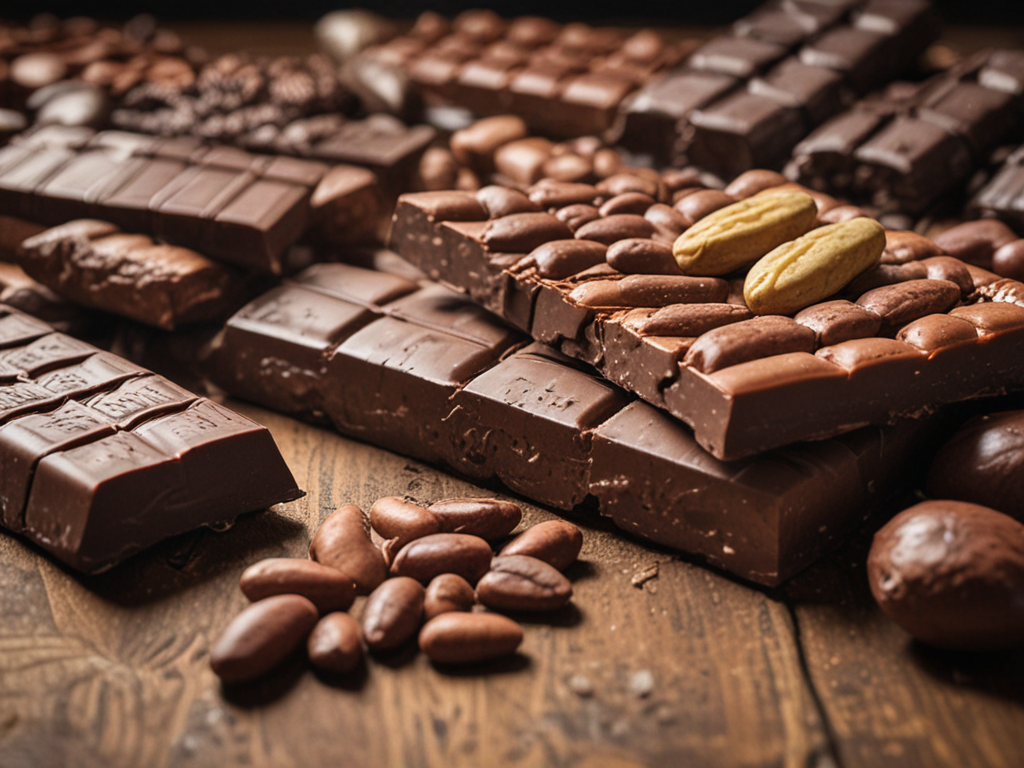
As I sat down for a moment of indulgence with a piece of luxurious dark chocolate, I couldn’t help but ponder about the journey this delectable treat had taken to reach my hands. The story of chocolate, from bean to bar, is a fascinating tale that spans centuries and continents. Delving into the ancient origins of chocolate reveals a rich tapestry of history, culture, and innovation that continues to shape our modern world. From the cacao bean harvesting process to the intricate chocolate production techniques, each step in the journey holds its own secrets waiting to be discovered.
Ancient Origins of Chocolate
The ancient origins of chocolate date back to Mesoamerican civilizations where cacao beans were highly revered for their rich flavor and medicinal properties. The Mayan civilization, flourishing from 250 to 900 AD, was one of the first to cultivate cacao trees for harvesting cacao beans. The Mayans valued chocolate so much that it was used not only as a beverage but also as a form of currency and in religious ceremonies.
Later, the Aztec empire, from the 14th to the 16th century, also held cacao in high regard. The Aztecs believed that cacao seeds were a gift from the god of wisdom and used them to create a bitter, frothy drink called “xocolatl.” This beverage was reserved for nobility, warriors, and special occasions. The Aztecs even recorded cacao consumption in their historical texts, showcasing the importance of chocolate in their society.
The Mayans and Aztecs laid the foundation for the chocolate we enjoy today, with their reverence for cacao shaping its cultural significance and culinary uses.
Cacao Bean Harvesting Process
Exploring the process of harvesting cacao beans reveals the meticulous care and attention required to guarantee the quality and flavor of the final chocolate product. Sustainable farming practices play a critical role in ensuring the long-term viability of cacao plantations while respecting the environment and local communities. Here’s a brief overview of the cacao bean harvesting process:
-
Selective Harvesting: Farmers handpick ripe cacao pods to ensure the best flavor development and quality. This method involves carefully inspecting each pod before harvesting to guarantee only the finest beans are selected.
-
Fermentation: After harvesting, the cacao beans undergo a fermentation process essential for developing the chocolate’s complex flavors. This natural fermentation, usually done in wooden boxes or banana leaves, is a vital step that impacts the final taste of the chocolate.
-
Drying: Once fermented, the cacao beans are spread out to dry under the sun. Proper drying is critical to prevent mold growth and preserve the beans for further processing. Maintaining the right moisture content is key to producing high-quality chocolate.
Chocolate Production Techniques
Utilizing modern techniques, we transform harvested cacao beans into delectable chocolate bars through a series of meticulous processes. The journey begins with the fermentation process, where cacao beans are fermented in wooden boxes for several days. This important step develops the beans’ flavors and reduces their bitterness. Next, the beans undergo roasting techniques to bring out their rich chocolatey aroma. The roasted beans are then cracked, winnowed to remove the outer shell, and ground into a smooth paste.
Conching methods are employed to refine the texture and enhance the flavor of the chocolate. This process involves continuously mixing and aerating the chocolate mass for hours or even days. The final step in chocolate production is the tempering process, where the chocolate is carefully cooled and reheated to specific temperatures to guarantee a glossy finish and satisfying snap when breaking a bar.
Through these intricate techniques, we craft premium chocolate bars that delight the senses with their velvety texture and exquisite taste.
Global Trade and Distribution
In the intricate web of global chocolate trade, cacao beans journey across continents to meet skilled chocolatiers. This journey involves a complex network of trade routes and distribution networks that guarantee the raw cacao beans reach their destination for processing into delicious chocolate products. Here are three key points to ponder:
-
Trade Routes: Cacao beans primarily originate from regions near the equator, known as the ‘cocoa belt,’ including countries like Ivory Coast, Ghana, and Ecuador. These beans are then transported through various trade routes, whether by sea or air, to chocolate manufacturing facilities worldwide.
-
Distribution Networks: Once the cacao beans arrive at their destination, they enter distribution networks that are responsible for efficiently moving the beans to chocolate factories. These networks involve logistics companies, wholesalers, and retailers working together to ensure a seamless flow of cacao beans for chocolate production.
-
Global Impact: The global trade and distribution of cacao beans not only contribute to the economic well-being of producing countries but also play a crucial role in satisfying the sweet cravings of chocolate lovers worldwide. The interconnectedness of these trade routes and distribution networks highlights the global nature of the chocolate industry.
Modern Chocolate Consumption Trends
With the evolving preferences of consumers, the landscape of modern chocolate consumption trends is witnessing notable shifts in product choices and consumption patterns. In today’s market, consumers are increasingly seeking chocolate products that offer not only indulgence but also health benefits. This has led to a rise in the demand for dark chocolate, known for its higher cocoa content and potential antioxidant properties that can contribute to overall well-being.
Moreover, there is a growing awareness and emphasis on sustainable sourcing practices within the chocolate industry. Consumers are showing a preference for products that are ethically produced, environmentally friendly, and support fair trade practices. This shift towards sustainable sourcing is influencing purchasing decisions and shaping the future of chocolate consumption trends.

